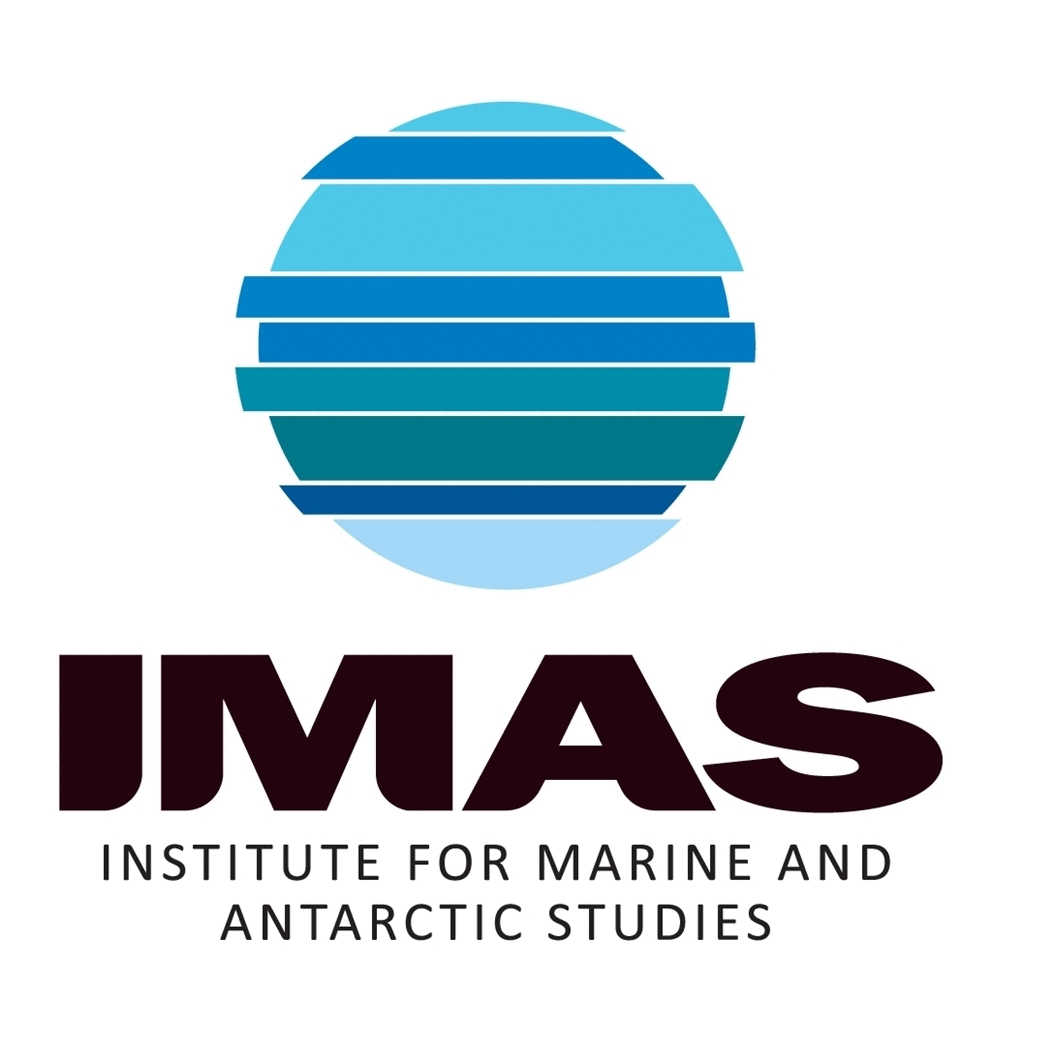Geoscience Australia
Type of resources
Topics
Keywords
Contact for the resource
Provided by
Years
-

This record provides an overview of the scope and research output of NESP Marine Biodiversity Hub Project C3 - "Change detection and monitoring of key marine and coastal environments – application of the Australian Geoscience Data Cube". For specific data outputs from this project, please see child records associated with this metadata. -------------------- This project aims at leveraging the extensive time-series of earth observation image data in the Australian Geoscience Data Cube (AGDC) by developing change detection algorithms to analyse key environmental parameters in the coastal and marine zone. Spatial information produced by this project can inform management decisions, and assist in evaluating management action outcomes, by providing a quantifiable measure of historical change and ongoing monitoring and change detection capabilities. In Phase 1 of this project we aim to demonstrate the capability of using the AGDC through the development of an inter-tidal zone change detection algorithm and data set, with a view to developing and implementing an expanded range of stakeholder targeted algorithms to inform decision making processes in Phase 2. Planned Outputs • Progress Report • Demonstrator summary Report • Data Products (GIS maps and data, delivered from the GA website as a web service) • Marine Biodiversity Hub article • Pesentation at the Australian Marine Science Association Conference.
-

This record provides an overview of the scope and research output of NESP Marine Biodiversity Hub Project B3 - "Enhancing access to relevant marine information –developing a service for searching, aggregating and filtering collections of linked open marine data". For specific data outputs from this project, please see child records associated with this metadata. -------------------- This project aims to improve the searchability and delivery of sources of linked open data, and to provide the ability to forward collections of discovered data to web services for subsequent processing through the development of a linked open data search tool. This work will improve access to existing data collections, and facilitate the development of new applications by acting as an aggregator of links to streams of marine data. The work will benefit managers (i.e. Department of the Environment staff) by providing fast and simple access to a wide range of marine information products, and offering a means of quickly synthesizing and aggregating multiple sources of information. Planned Outputs • Delivery of open source code to perform the search functions described above. • A simple initial web interface for performing the search and retrieval of results. • Expanded collections of data holdings available in linked open format, including the use of semantic mark-up to enable fully-automated data aggregation and web services. In particular, addition of linked-open data capability to a pilot collection of existing data sets (GA, CERF and NERP data sets).
-

This record provides an overview of the NESP Marine and Coastal Hub scoping study - "National Areas of Interest for Seabed Mapping, Characterisation and Biodiversity Assessment". For specific data outputs from this project, please see child records associated with this metadata. -------------------- The project aims to assist the planning and prioritisation of marine surveys (both physical and biological) by scoping a prioritisation framework and web tool. Focused workshops and targeted engagements with seabed mapping organisations will ensure the framework meets the needs of the Marine and Coastal Hub, key end users such as Parks Australia, and the wider seabed mapping and biodiversity management community. Adoption and adaption of the AusSeabed Survey Coordination Tool will facilitate the development of an interim national areas of interest product to inform future survey planning. This product will support the needs of Parks Australia network Science Plans and consideration of information needs for Indigenous Protected Areas within Sea Country. Outputs • National Areas of Interest map • Code for Survey Coordination Tool [Github Repo] • Value Prioritisation Framework [written report]
-
Time Series video to support Project C3 of the Marine Biodiversity Hub NESP programme 2015/2016. The video illustrates coastal change at the Southern end of Stradbroke Island QLD, using 118 Landsat observations from within the Australian Geoscience Data Cube (AGDC) from 1987-2016.
-
Time Series video to support Project C3 of the Marine Biodiversity Hub NESP 2015-2016 programme. The video illustrates coastal change at the entrance to Moreton Bay QLD, using 118 Landsat observations from within the Australian Geoscience Data Cube (AGDC) from 1987-2016.
 IMAS Metadata Catalogue
IMAS Metadata Catalogue